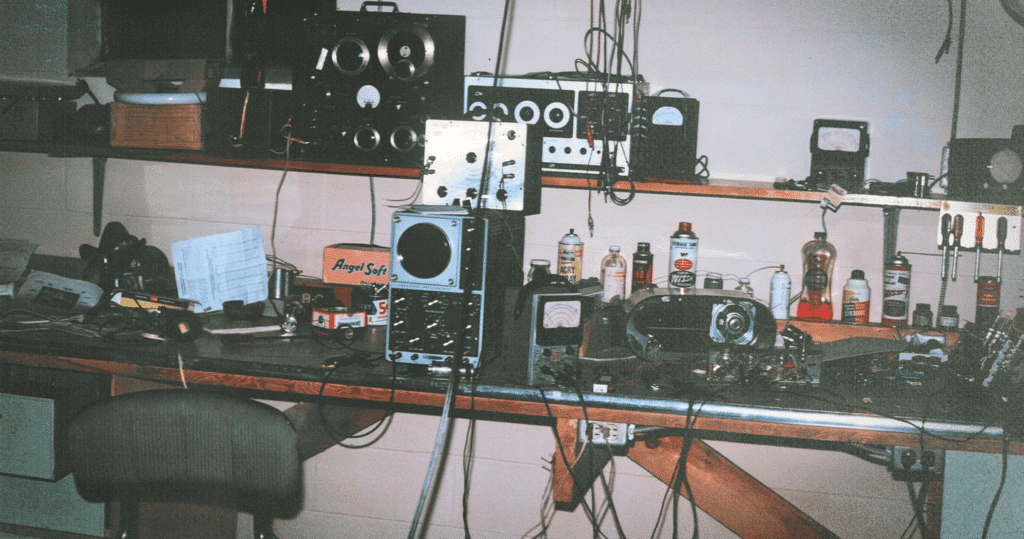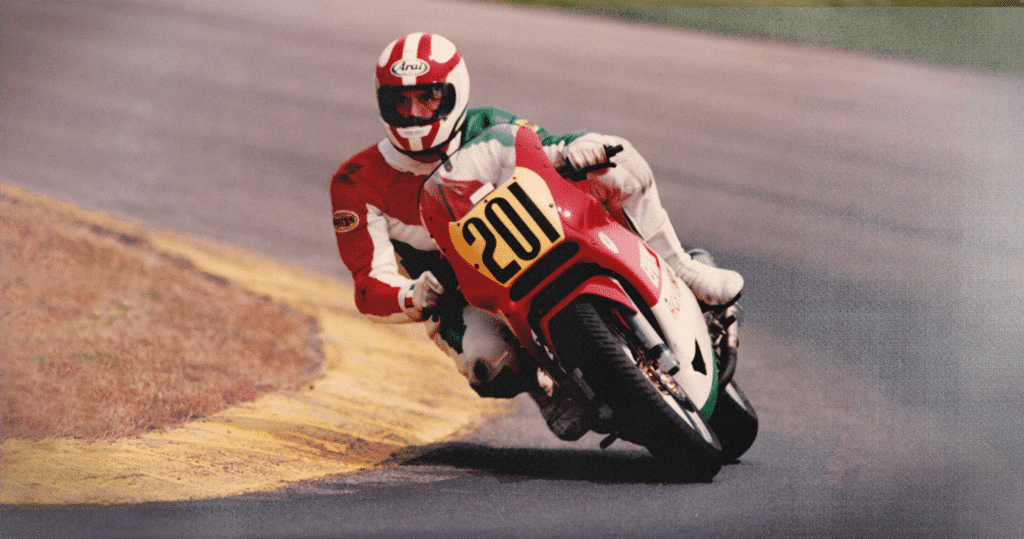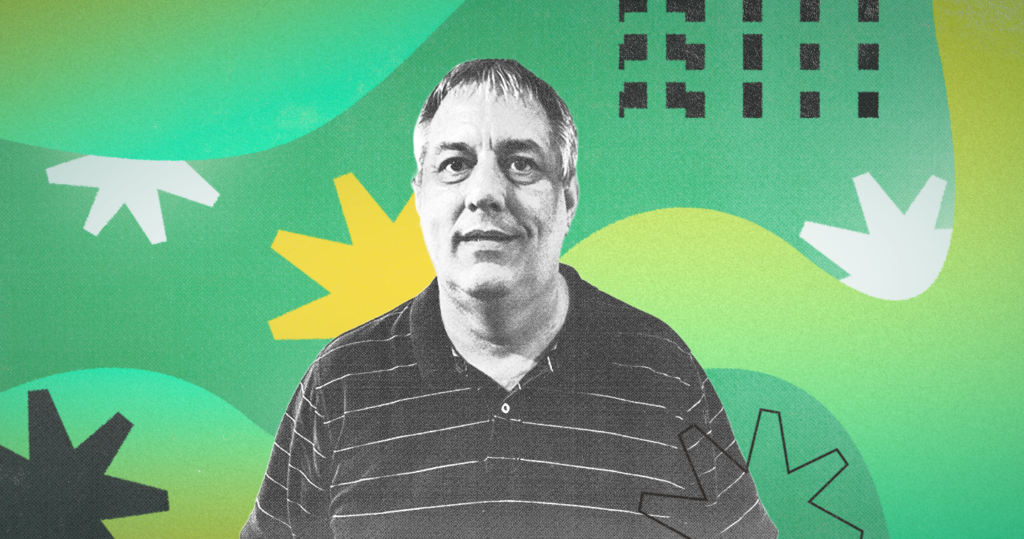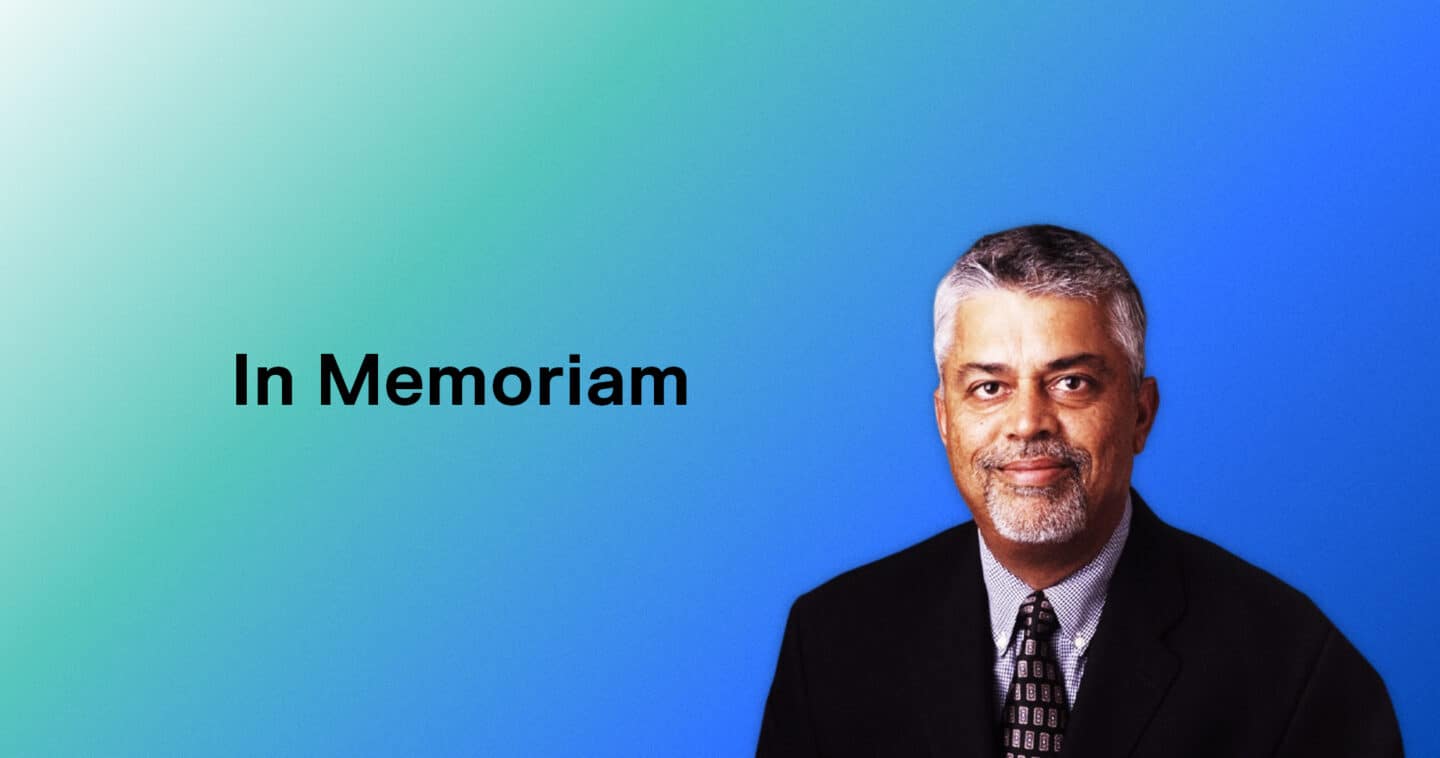Inventor Rick Galbraith: Piloting HDD Innovation
Rick Galbraith, distinguished engineer at Western Digital, jokes that he still works at his first job. Based out of the company’s Rochester, Minn. site, he is part of an enclave of distinguished engineers, many of whom hold dozens of patents. He walks the same hallways as he did straight out of college as a young engineer. It is from this corner of the globe, where winter temperatures dip below zero, that Galbraith has both witnessed and contributed to the evolution of the hard drive.
Galbraith, who holds 119 patents, recently celebrated his 40-year service anniversary with Western Digital (he was originally hired at IBM, which spun off as HGST, and was then acquired by Western Digital in 2012). Reflecting on his early days at IBM, he’s seen a lot of change, not only in the technologies he’s built, but also in his workspace.
“We designed chips, yet there was no such thing as a computer on your desk, only paper,” Galbraith said. “To use the computer, you’d walk down the hall to a terminal room to connect to a mainframe computer.” This was also before computers had a mouse. Instead, the terminals used a light pen that you’d tap on the screen to execute commands, he explained.
Staying power
Galbraith’s entrée into electrical engineering was a natural fit, given his interest in electronics since childhood.
“My father worked at the telephone company but also sold and serviced TV sets out of the basement,” said Galbraith. “I grew up around things like analog voltmeters and oscilloscopes because our basement was basically an electronics shop. My dad let us tinker with everything.”
Galbraith and his twin brother were the youngest of seven kids.

As an electrical engineer, Galbraith found the data channel and signal processing fascinating and continued to expand his skills in these areas. Today, Galbraith works in the HDD data channel architecture group within the Office of the CTO.
As he celebrates his 40-year tenure, Galbraith reflects on what’s kept him with the company and the team in Rochester.
“Contributing to major breakthroughs is exciting,” said Galbraith, who views inventing as a team sport and is quick to credit his colleagues.
“I’m not a lone inventor. Out of all the patents I have, there’s only one or two that only have my name on them. There are usually three to six people working on an invention that’s submitted for a patent,” he said.
His inventing process begins with an idea of how to do something different. He starts writing code to model it and then tests it with synthetic data. He then works with his team to access data from the drives that they can test with real experimental data and try to prove how well it works.
“Having a team makes ideas a lot better,” said Galbraith. “People will bring up something then drive you to go look at ways to refine it or make it even better.”
He likens inventing to the constantly changing conditions of a flight. As a young engineer, he took flying lessons and got his pilot’s license, along with other members of his team.
“Flying is one of those things where there are many different aspects to it,” said Galbraith. “There’s different weather conditions, coordinating with the control tower, or navigating a big crosswind when you’re trying to land. All these variances keep you interested. It’s the same with inventing.”
Front seat to the HDD evolution
Galbraith has contributed to many inventions that impacted the HDD evolution over the last four decades. Among them are Partial Response Maximum Likelihood (PRML) detection, Low-Density Parity Check (LDPC) iterative decoding, Two-Dimensional Magnetic Recording (TDMR), and Multi-Dimensional Coding, including distributed sector and soft track error correction code for UltraSMR, inventions that relied on his expertise in signal processing.
He’s seen the data channels get faster. The first he worked on were 24 Mbps. Today he reports they are about 4 Gbps, 175 times faster. During his quest to increase speeds in the data channel, Galbraith picked up motorcycle racing as a hobby. Pushing the limits of speed, whether at work or play, was never far from his mind; he raced a Ducati 750 featuring PRML images as decals, likely the only motorcycle racer with decals referring to signal processing technology.

“We’ve worked continuously to deliver speed increases over time,” said Galbraith. “For most of the years, it was trying to figure out how to architect things so that the data channel ran fast enough to keep up with gains in areal density.”
But as HDDs increased in speed and capacity, teams like Galbraith’s have focused on doing so using less power.
“The best ideas are simple ideas that are going to be smaller and faster and use less power,” said Galbraith. “If you look at 50 years ago, computers did very little. But it’s astonishing how complex the problems they could solve with about a billionth of today’s computational power. It’s because when they wrote code, they did it as efficiently as possible. Today, the focus has shifted to how much energy is used, so in that sense, we technologists are still focused on efficiency. We strive for maximum function with minimal power.”
More recently, Galbraith contributed to UltraSMR, a compilation of multiple innovations 10 years in the making. UltraSMR fuses hardware, controller, and read channel technologies with proprietary firmware and algorithms to significantly expand the capacity advantage that Shingled Magnetic Recording (SMR) provides over Conventional Magnetic Recording (CMR).
The resulting integration propelled Western Digital to reach the industry-leading capacity of 26TB, a significant milestone in HDD innovation.
New ideas and innovations
Galbraith and his team carry on the spirit of invention in Rochester, focusing on hardware and firmware development for enterprise drives. One of the latest technologies helping drive the future of hard drives is machine learning (ML). Using ML, the team develops adaptation algorithms that allow HDDs to optimize parameters in real time, perform data detection to uncover new algorithms, and analyze and break down noise sources to better understand the fundamentals of the drive environment.
As a technologist, evangelist, and collaborator, Galbraith has made a career of bringing game-changing ideas to fruition with the same excitement he had the first time he walked through those Rochester doors.
“It’s always fun to think you have a new idea that no one else has thought of and make it happen.”




